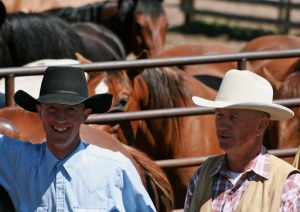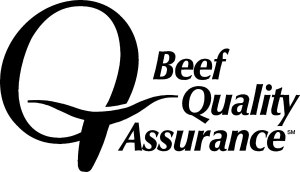Tips for Cattle Vaccination Programs | 10 Things To Know
By Rachel Endecott, MSU Extension Beef Cattle Specialist
 As fall work starts to wind down, thoughts might turn to preparing for the next year of production and all the supplies that come with it. Vaccines are an important part of a herd health program, and this piece will cover some background and considerations about vaccines and beef cattle production. This overview is not meant to recommend vaccination programs, but will provide definitions of terminology and suggestions for effective vaccination.
As fall work starts to wind down, thoughts might turn to preparing for the next year of production and all the supplies that come with it. Vaccines are an important part of a herd health program, and this piece will cover some background and considerations about vaccines and beef cattle production. This overview is not meant to recommend vaccination programs, but will provide definitions of terminology and suggestions for effective vaccination.
Just what is a vaccine, anyway? One technical definition is a “suspension of attenuated or killed microorganisms or the antigenic proteins derived from them.” Let’s take that piece-by-piece: in this case, the suspension is a liquid that contains particles (microorganisms or proteins from them) that are mixed with the liquid but are not dissolved in it.
Attenuated means altered, usually in a way that makes something less severe—modified-live vaccines contain attenuated microorganisms. Killed vaccines contain killed microorganisms. Antigenic means that a substance causes an immune response—vaccines with this formulation contain a protein from the microorganism that is source of the immune response.
Successful vaccination depends on three critical factors: an effective vaccine, a functioning immune system, and administration of the vaccine before exposure to the disease. A vaccine may be ineffective if it is mishandled, if a booster is required but not given, or because of antigenic differences between the vaccine and field strains of the microorganism to which an animal is exposed.
An animal’s immune system may be unresponsive to vaccination because of age—a young calf’s immune system might not be fully functional at the time of vaccination, or antibodies from maternal colostrum still present in the calf inactivated the vaccine. Inadequate nutrition may also cause an animal’s immune system to be unresponsive to vaccination. Two other reasons for vaccine failure include that the animal was incubating the disease when vaccinated and that the duration of immunity after vaccination was inadequate.
Some tips for effective vaccination include:
- Read and follow label directions. If you are unsure, consult your veterinarian or call the vaccine company directly before using the product.
- Follow proper Beef Quality Assurance guidelines.
- Sterilize equipment between uses. Modified-live vaccines are sensitive to disinfectants, so do not use chemical disinfectants in syringes or needles for MLV use.
- Refrigerate and store vaccines as directed on the label. Be sure appropriate temperatures for the vaccine are maintained when they are away from the refrigerator.
- Keep vaccines out of sunlight, even when in the syringe.
- Mark syringes to avoid mixing or incorrect dosage.
- Mix only enough vaccine to be used in one hour or less.
- Choose correct needles for the job, and replace often.
- Keep records of vaccinations used.
- Good sanitation, management and nutritional practices are necessary to achieve the best results from vaccination programs.











